Virginia Garden Ideas: Transform Your Outdoor Space with These Creative Tips
Designing a garden in Virginia can transform your outdoor space into a beautiful, relaxing retreat. Whether you have a cozy cottage or a modern backyard, a well-planned garden can enhance your home’s overall appeal and provide a haven for local wildlife. From selecting the best plants for your region’s climate to incorporating charming design elements, there are endless possibilities to explore.
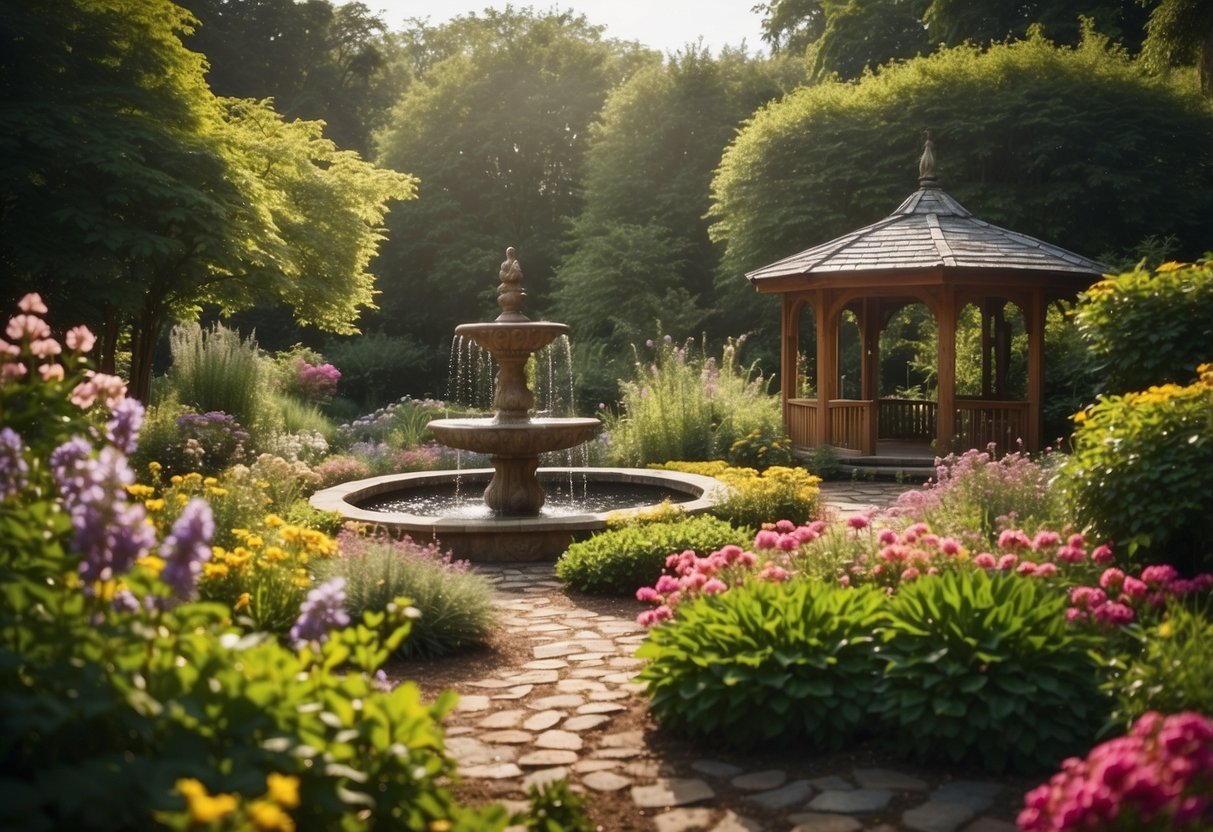
As you dive into garden ideas tailored for Virginia, you’ll find inspiration for creating a vibrant and sustainable garden. Your garden can become a welcoming place for birds, bees, and butterflies while also offering a delightful spot for you to unwind. Embrace the journey of gardening and discover the joy it can bring to your everyday life.
1) Raised Bed Vegetable Garden
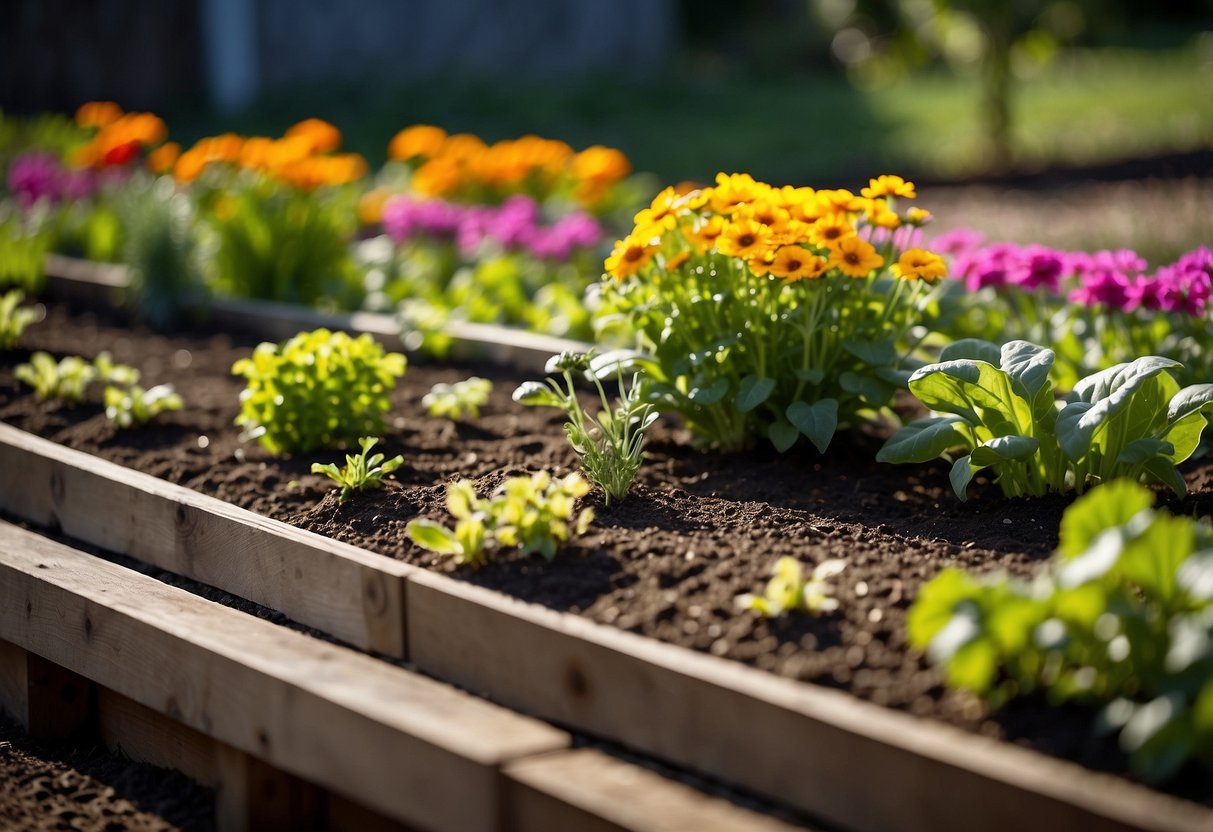
A raised bed vegetable garden is a great way to grow your own food. You can build a raised bed with simple materials like wood, stone, or brick. This method allows you to have better control over the soil quality.
You don’t need a lot of space to start. Even a small backyard or patio can host a raised bed. Plants like tomatoes, lettuce, and herbs thrive in this setup. It also helps with drainage and can reduce weed growth.
Raised beds can be easily accessed, making gardening less physically demanding. They’re ideal for beginners and seasoned gardeners alike. If you’re creative, you can even build custom designs for added charm.
Native Wildflower Path

Creating a native wildflower path in your garden adds beauty and supports local wildlife. You can start by choosing wildflowers native to Virginia. The Eastern Red Columbine is a great choice with its red tubular flowers and fern-like leaves.
Plan your path by grouping plants with similar sunlight and water needs together. This helps them thrive and makes maintenance easier. Sketch a simple layout to visualize how your path will look.
Adding a wildflower path not only enhances your garden’s appeal but also provides essential habitat for pollinators like bees and butterflies.
3) Butterfly Attracting Shrubs
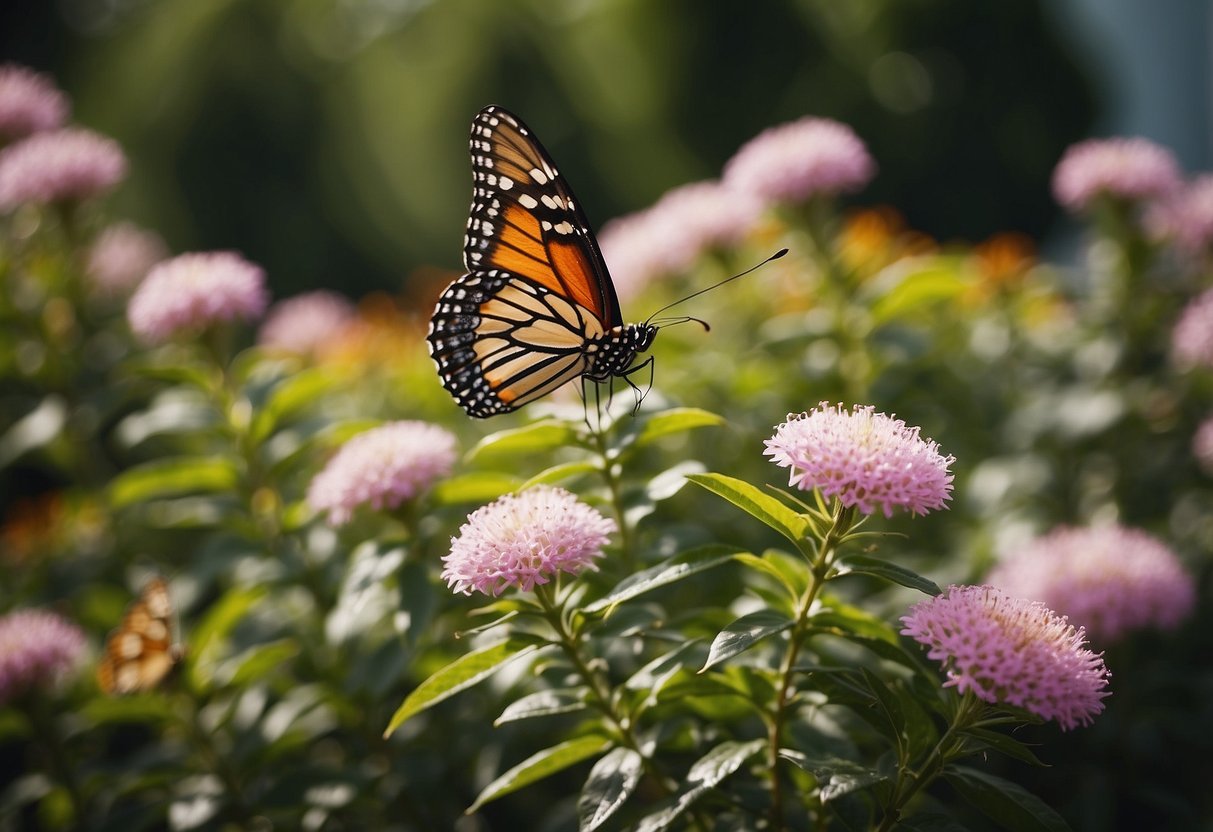
Butterflies love certain shrubs that provide nectar and shelter. Planting these in your Virginia garden can create a butterfly haven.
Lilac is a popular choice. It offers fragrant blooms that attract many types of butterflies.
Another great option is butterfly bush. This shrub produces colorful flowers that butterflies can’t resist.
Lastly, consider planting spirea. This hardy shrub produces clusters of tiny flowers that provide nectar for many butterfly species, making your garden a lively and colorful place.
4) Herb Spiral Garden
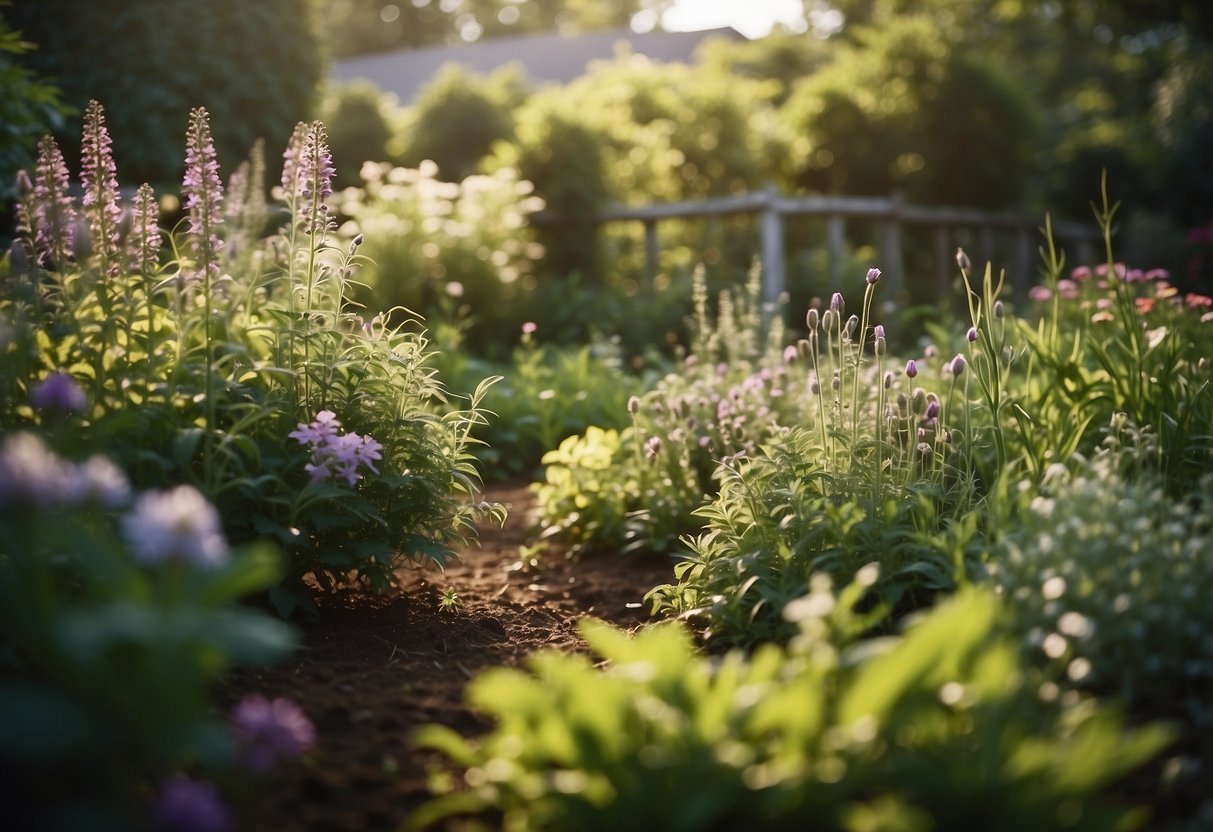
An herb spiral garden is a unique and beautiful addition to your Virginia garden. It’s a raised bed designed in a spiral shape, offering various growing conditions within one compact space.
You can use materials like stone or wood to build it. This design provides different levels of sun and moisture, making it perfect for growing a range of herbs.
You can find tips for building one using old bricks or recycled materials. This garden type not only looks great but is also sustainable and practical.
5) Pocket Prairie
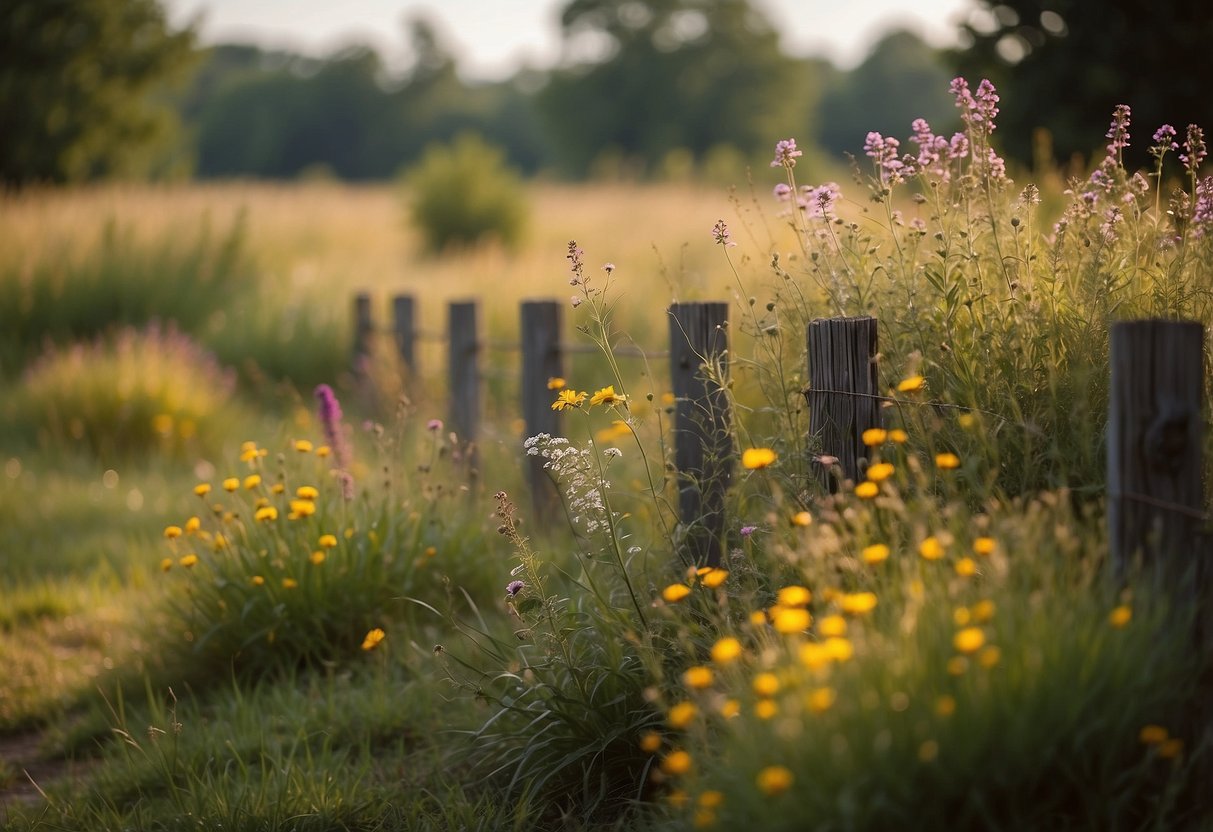
Creating a pocket prairie in your Virginia garden can add vibrant colors and attract local wildlife. These small gardens are perfect if you want a naturally beautiful and low-maintenance landscape.
To start, choose native plants like black-eyed Susan and American agave. Black-eyed Susan blooms all summer and is great for bees and butterflies. American agave needs space but adds a striking look.
Learn about your area’s USDA plant hardiness zone. This will help ensure your selected plants thrive. For example, Virginia regions often fall into zones 6-8. Ensure your soil is well-drained and of average quality.
By adding a pocket prairie, you create a sustainable and beautiful garden spot right at home.
6) Moon Garden
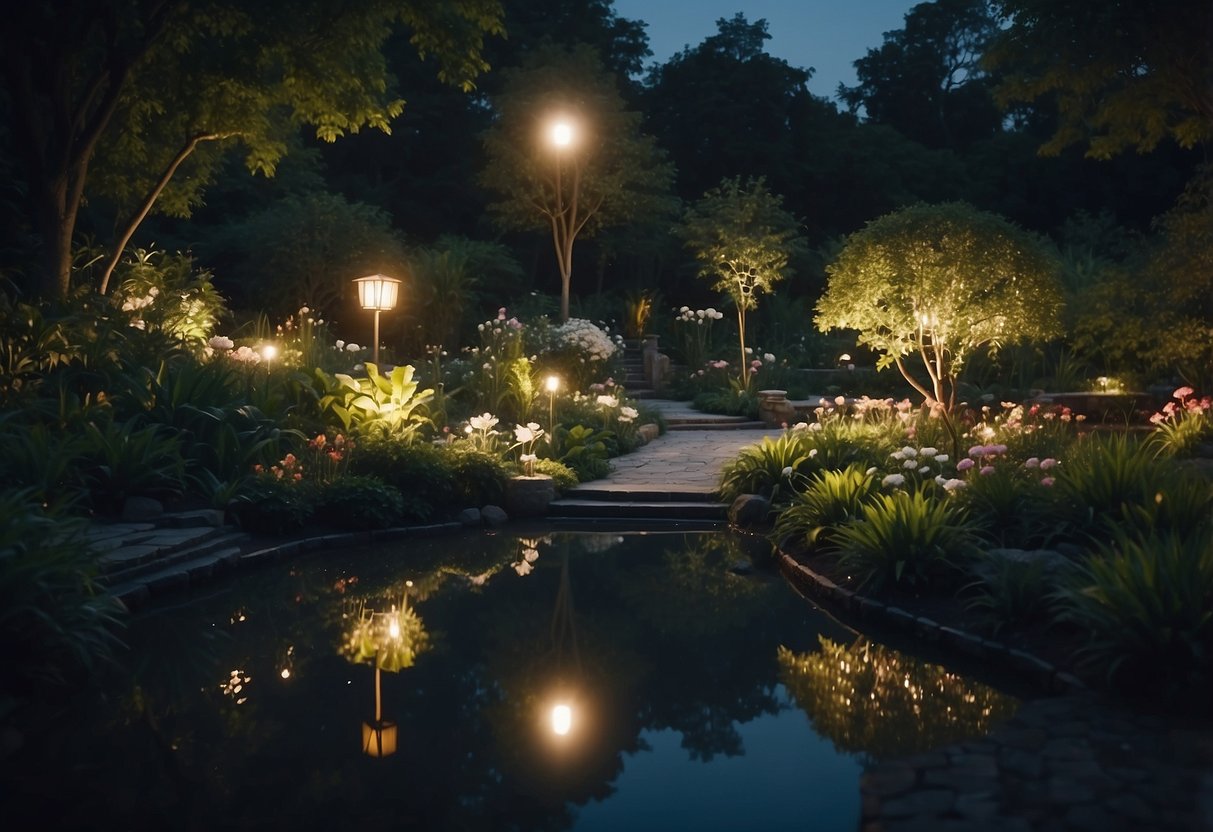
A moon garden is a serene space perfect for enjoying your garden even at night. To create one, focus on planting white or silver flowers that reflect moonlight.
Think about adding a pathway with white gravel or light-colored stones for easy night strolls. Consider painting a fence or adding a white trellis to accentuate the area.
You can find more detailed tips and plant suggestions to enhance your moon garden further. These elements together create a calm and magical nighttime experience.
7) Fruit Tree Espalier

Fruit tree espalier is a great way to grow fruit in small spaces. It involves training trees to grow flat against a wall or fence. This method not only saves space but also creates a lovely visual feature in your garden.
For warmer climates, figs, pomegranates, and citrus trees like lemons and oranges are excellent choices. These trees can be espaliered into different shapes, adding a touch of elegance to your garden.
For tips on how to start, plant trees 8-10 inches from supports to ensure proper spacing and airflow. This allows roots to establish without interference.
8) Rain Garden Retreat
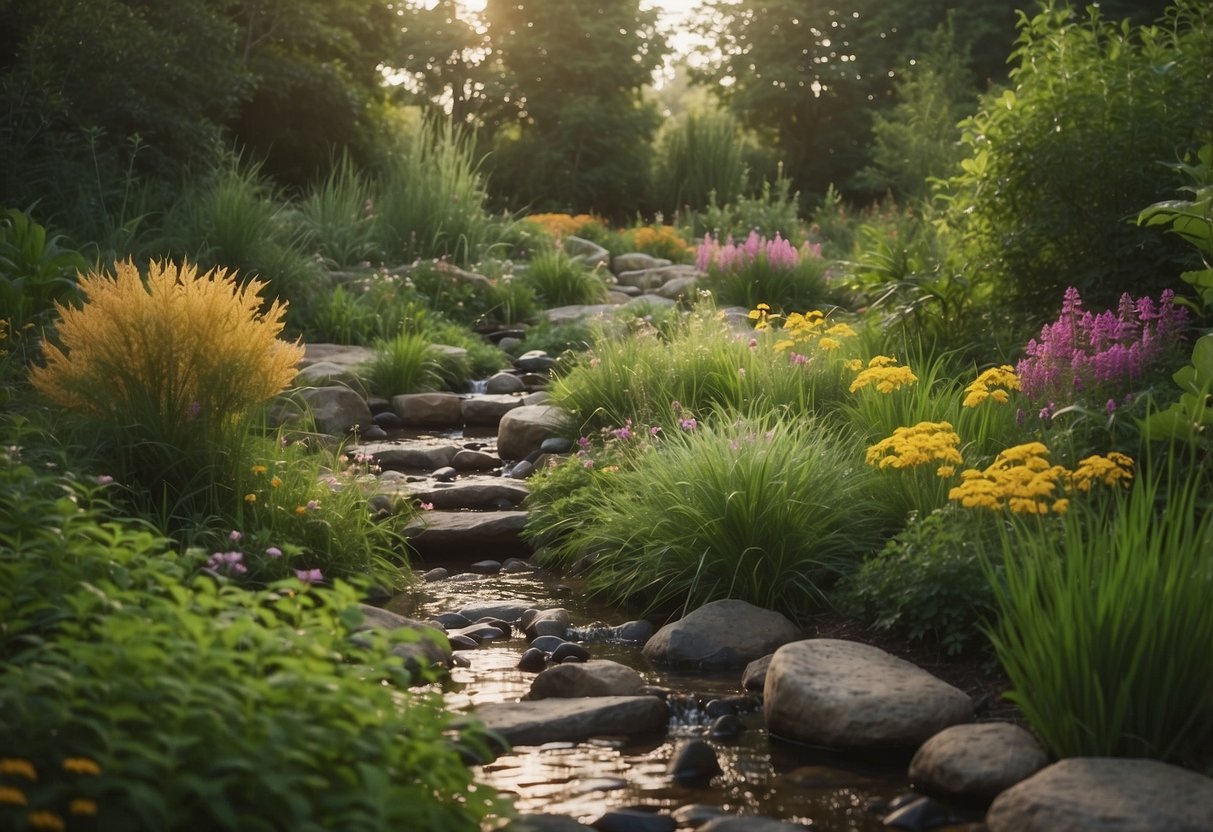
A rain garden is a fantastic way to manage stormwater in your yard. It acts like a shallow pond that temporarily holds and soaks in rainwater.
With native plants, you can create a beautiful and eco-friendly space. The plants in a rain garden filter out pollutants from the water.
Rain gardens can be as simple or elaborate as you want. They add beauty to your landscape and help the environment. Plus, they attract lovely wildlife like butterflies and birds.
Learn more about creating a rain garden at Plant Virginia Natives.
9) Zen Meditation Garden

Creating a Zen meditation garden in Virginia can bring peace and calm to your space. Start by selecting a quiet area in your yard.
Add a water feature with pebbles to enhance the soothing atmosphere. The gentle sound of water can help you relax.
Consider planting a Japanese maple tree for a touch of color and balance in your garden.
10) Pollinator-Friendly Perennials
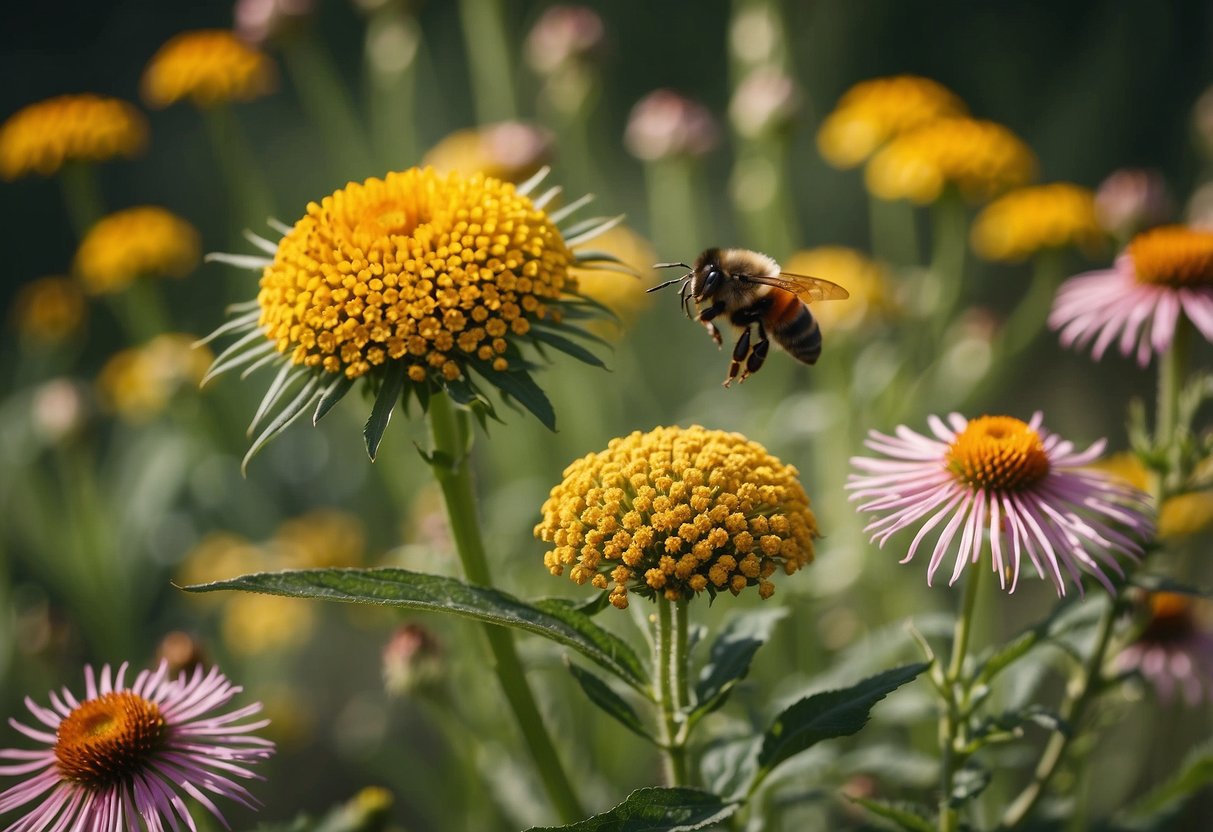
Adding pollinator-friendly perennials to your Virginia garden can make it more vibrant. Plants like the wild bleeding heart attract birds and bees. Also, consider planting wild geranium, which has beautiful flowers adored by pollinators.
Sunny spots with well-drained soil help these perennials thrive. Choosing native plants ensures they are well adapted to the local climate. Bright flowers in colors like blue, white, yellow, and purple are favorites of bees and butterflies.
For more ideas, check out this guide on planting natives to attract pollinators. Your garden will not only look great but also support essential pollinators.
Starting Your Virginia Garden

Starting a garden in Virginia involves picking suitable plants and understanding the local climate. These factors are crucial for a thriving garden.
Choosing the Right Plants
Select plants that will flourish in Virginia’s diverse climate zones. Native plants are a great choice because they are adapted to the local environment and support wildlife.
For spring, consider planting iceberg lettuce, broccolini, and beets. These vegetables prefer the cooler temperatures of early spring.
For warmer months, try tomatoes, cucumbers, and peppers. These thrive in the heat and provide bountiful harvests during summer.
Perennials like black-eyed Susans and Virginia bluebells offer long-lasting beauty and require less maintenance.
Using these plant options, your garden can be both beautiful and productive.
Understanding Virginia’s Climate
Virginia’s climate varies from Zones 5 to 8. Knowing your specific zone helps in planning when to plant.
In Zones 5-6, start cool-season crops early in spring and warm-season crops after the last frost.
Zones 7-8 offer a longer growing season, allowing for multiple harvests. Here, you can plant cool-season crops in early spring and fall, and warm-season crops in late spring.
Virginia’s summers can be hot and humid, so ensure your garden has adequate water and some shade.
Understanding these climate factors ensures your garden can thrive throughout the year.
Designing Your Garden

Creating a beautiful garden in Virginia means planning your layout and finding the right balance of colors and textures. Let’s explore how to make your garden both functional and visually appealing.
Creating a Layout
Start by deciding the purpose of your garden. Do you want a relaxing space, a vegetable garden, or a mix of both? This will help you design an efficient layout. For example, a vegetable garden might benefit from raised beds, while a flower garden might need winding paths.
Make sure to consider the sun and shade in your yard. Place sun-loving plants where they will get the most light and shade-loving plants in cooler areas. Plan for a water source close to your plants to make watering easy.
Use fences or hedges to define different garden zones. This can help create a cozy and private space. Evergreen hedges or stone walls work well in cottage gardens.
Balancing Color and Texture
Choose a color scheme that pleases you. Bright colors can add energy, while softer shades create a calm feel. In Virginia, you can plant a variety of flowers that bloom in different seasons to keep your garden vibrant all year.
Mix different plant textures to add depth and interest. Combine feathery ferns, broad-leaved hostas, and spiky grasses. This variety will make your garden look more natural and engaging.
Don’t forget about native plants. They are well-suited to Virginia’s climate and often require less care. For tips on using native plants, consider combining different shapes and textures to attract wildlife and add visual appeal.







